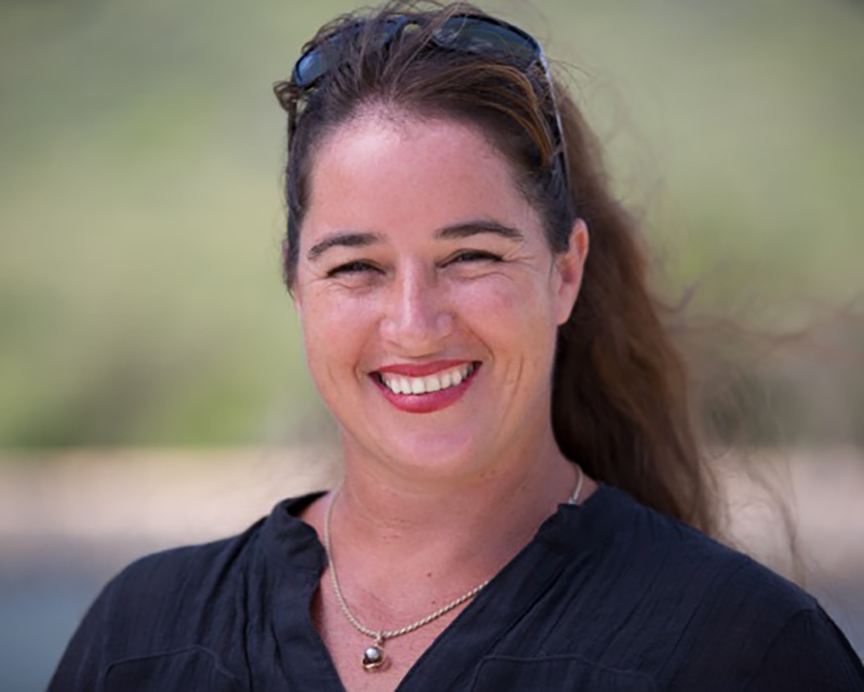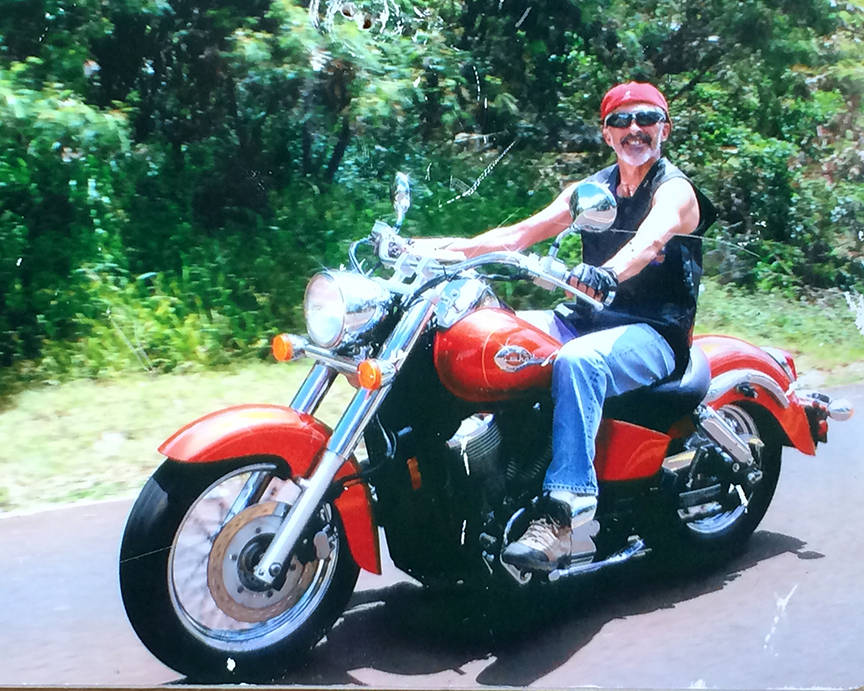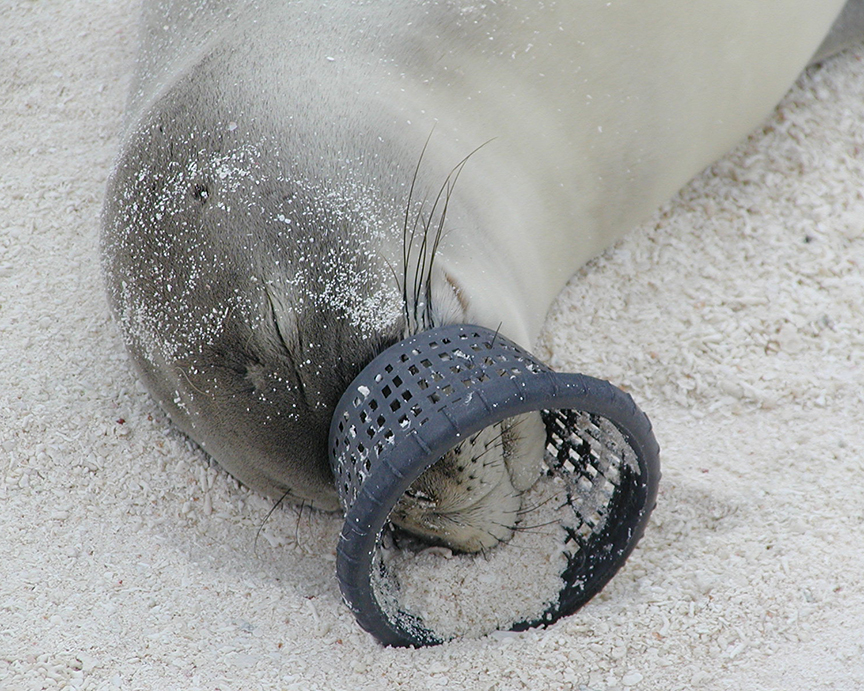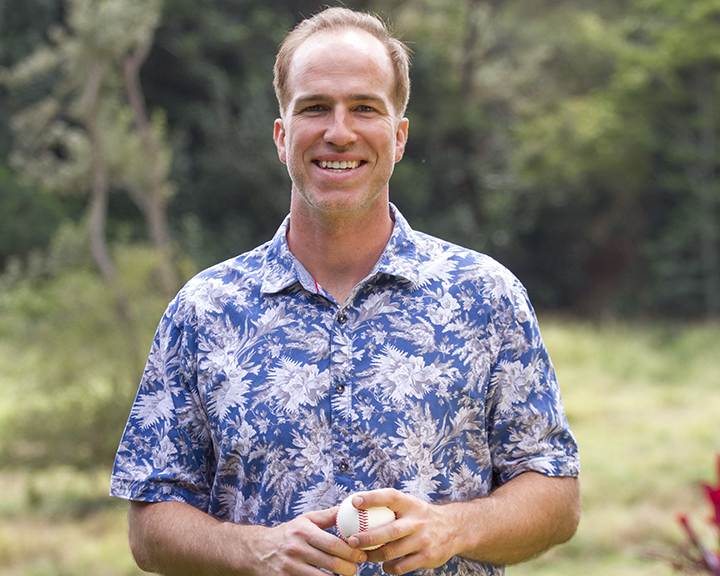By Uma Sivanathan
 I find that the world’s “Blue Zones of Happiness” are fascinating. The five Blue Zones are: Nuoro Province on the island of Sardinia; Ikaria, Greece; Okinawa, Japan; Nicoya, Costa Rica; and Loma Linda, California. It is in these areas that the highest number of people reach the age of 100 or more, and experience a quality of life throughout their years. Dan Buettner, researcher and author of “The Blue Zones”, conducted an extensive study of these remarkable people.
I find that the world’s “Blue Zones of Happiness” are fascinating. The five Blue Zones are: Nuoro Province on the island of Sardinia; Ikaria, Greece; Okinawa, Japan; Nicoya, Costa Rica; and Loma Linda, California. It is in these areas that the highest number of people reach the age of 100 or more, and experience a quality of life throughout their years. Dan Buettner, researcher and author of “The Blue Zones”, conducted an extensive study of these remarkable people.
Buettner found common behavioral and lifestyle characteristics of the people in his study; family togetherness and community involvement, avoidance of smoking, and a diet comprised mostly of whole, unprocessed foods with large, daily servings of vegetables and fruits.
Because of their way of life, the people in the Blue Zones have less risk of heart disease, cancer, strokes, arthritis, osteoporosis, Alzheimer’s and dementia. Buettner observed, “they wake up in the morning knowing that they have a purpose, and the world in turn, reacts to them in a way that propels them along.”
In his book, he lists six health-promoting aspects of their life:
1- Diet: Organically homegrown or locally grown foods, rich in disease-preventing nutrients and anti-inflammatory properties. Animals raised for food are grass-fed, pasture-raised, wild caught and/or free range. They make probiotic rich foods, such as kim chee, which provide gut-friendly bacteria that increases immunity. Their diets are low in red meat, refined, processed foods and sweets.
2- Home environment: Filled with foods that promote well-being. Meals and snacks are prepared at home and the family sits down together to eat. They are careful not to over eat, so there is no obesity among them. In Okinawa, they practice “hara hachi bu,” eating only until 80 percent full. Okinawa is nicknamed “the land of immortals.”
3- Sleep: Eight hours of restful sleep or more. Their daily exercise, a healthful diet, and stress relief through relaxing activities, helps them to sleep well.
4- Enjoyable exercise: Moving the body is part of their daily life. They walk everywhere, up to 5-6 miles a day. They exercise in an easy, natural way while doing chores and growing food. They play sports and games with family and friends. Staying active reduces inflammation and stress hormones, improves heart health, and maintains strong bones and muscles.
5- Stress reduction: A social, community connectedness is ingrained in their culture. They surround themselves with the support of family and friends, with whom grief and anger can be expressed in a safe, loving way. This reinforces healthy, positive behaviors and reduces chronic stress. The people in Loma Linda take one day a week to focus on spirituality and being out in nature with their families. Okinawans have “moais,” which are groups of people who talk story daily and often cook and eat together.

Uma Sivanathan
6- Closeness with family members: Family means everything to those living in the Blue Zones. Old age homes don’t exist there. Elders play an important role in their society and they are well-cared for.
Hawaiians once had a day-to-day life filled with these six health-promoting aspects. During that time, they were known to be one of the longest-living people in the world. They lived in an ahupua‘a, and ate a simple, highly nutritious diet of fish, seaweed and opihi. They grew taro, sweet potatoes and bananas. Movement was part of their daily survival.
Kaua‘i can become one of the world’s Blue Zones of happiness. The wisdom and way of life of our Hawaiian ancestors is our great inspiration.
- Uma Sivanathan is the founder and president of the non-profit, Mana‘olana Center for Health and Healing. She can be reached at manaolanacenter@gmail.com
Discover more from ForKauaiOnline
Subscribe to get the latest posts sent to your email.





Leave a Reply